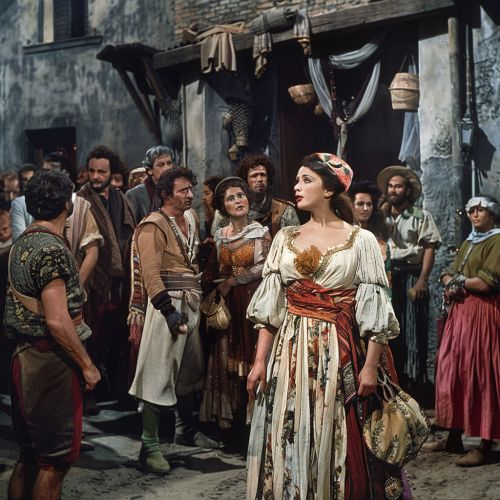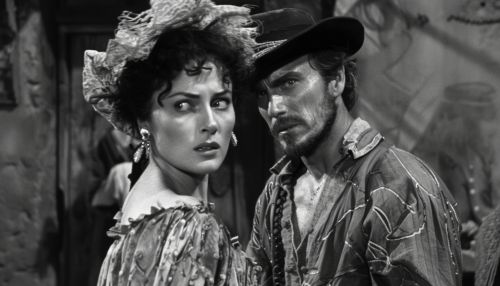Federico Fellini
Early Life and Career
Federico Fellini was born on January 20, 1920, in Rimini, Italy. His early life was marked by a fascination with the circus, vaudeville, and cinema, which would later heavily influence his work. Fellini moved to Rome in 1939, where he initially pursued a career as a journalist and cartoonist. His early foray into the film industry began with scriptwriting, collaborating with established directors like Roberto Rossellini on films such as Rome, Open City (1945) and Paisà (1946).
Transition to Directing
Fellini's transition from screenwriting to directing began with his co-direction of Luci del Varietà (1950) with Alberto Lattuada. His first solo directorial effort, The White Sheik (1952), showcased his unique blend of neorealism and fantasy. This film was followed by I Vitelloni (1953), a semi-autobiographical work that earned international acclaim.
Major Works and Themes
La Strada (1954)
La Strada marked a significant turning point in Fellini's career. The film, which starred Giulietta Masina and Anthony Quinn, won the Academy Award for Best Foreign Language Film. It explored themes of human suffering, redemption, and the search for meaning, which would become recurrent in Fellini's oeuvre.


Nights of Cabiria (1957)
Nights of Cabiria continued Fellini's exploration of the human condition through the character of Cabiria, a resilient prostitute played by Masina. The film won the Academy Award for Best Foreign Language Film and further solidified Fellini's reputation as a master storyteller.
La Dolce Vita (1960)
La Dolce Vita is perhaps Fellini's most iconic film. Starring Marcello Mastroianni, the film is a critique of the decadence of modern society and the emptiness of celebrity culture. Its episodic structure and innovative narrative techniques were groundbreaking at the time.
8½ (1963)
8½ is often considered Fellini's magnum opus. The film, which stars Mastroianni as a director struggling with creative block, is a meta-cinematic exploration of the filmmaking process. It won the Academy Award for Best Foreign Language Film and is frequently cited as one of the greatest films ever made.
Later Works
Fellini Satyricon (1969)
Fellini Satyricon marked a departure from Fellini's earlier, more personal films. Based on the work of the Roman writer Petronius, the film is a visually extravagant exploration of ancient Rome's decadence.
Amarcord (1973)
Amarcord, which means "I remember" in the dialect of Fellini's native Rimini, is a nostalgic and semi-autobiographical film. It won the Academy Award for Best Foreign Language Film and is celebrated for its vivid portrayal of small-town life in Fascist Italy.
Style and Influence
Fellini's style is characterized by its blend of fantasy and reality, often described as "Felliniesque." His films frequently feature surrealism, dream sequences, and carnivalesque elements. Fellini's influence extends beyond cinema; his work has impacted literature, theater, and visual arts.
Personal Life
Fellini was married to actress Giulietta Masina from 1943 until his death in 1993. Their relationship was both personal and professional, with Masina starring in several of Fellini's most acclaimed films. Fellini's personal life was marked by his fascination with the occult and Jungian psychology, which influenced his later works.
Legacy
Federico Fellini passed away on October 31, 1993. His legacy endures through his films, which continue to be studied and celebrated for their artistic innovation and profound exploration of the human condition. Fellini's work has inspired countless filmmakers, including Martin Scorsese, David Lynch, and Terry Gilliam.
See Also
- Italian Neorealism
- Surrealism in Film
- Marcello Mastroianni
- Giulietta Masina
- Roberto Rossellini
- Carnivalesque
References
- Bondanella, Peter. The Films of Federico Fellini. Cambridge University Press, 2002.
- Kezich, Tullio. Federico Fellini: His Life and Work. Faber & Faber, 2006.
- Stubbs, John. Federico Fellini as Auteur: Seven Aspects of His Films. Southern Illinois University Press, 2006.
